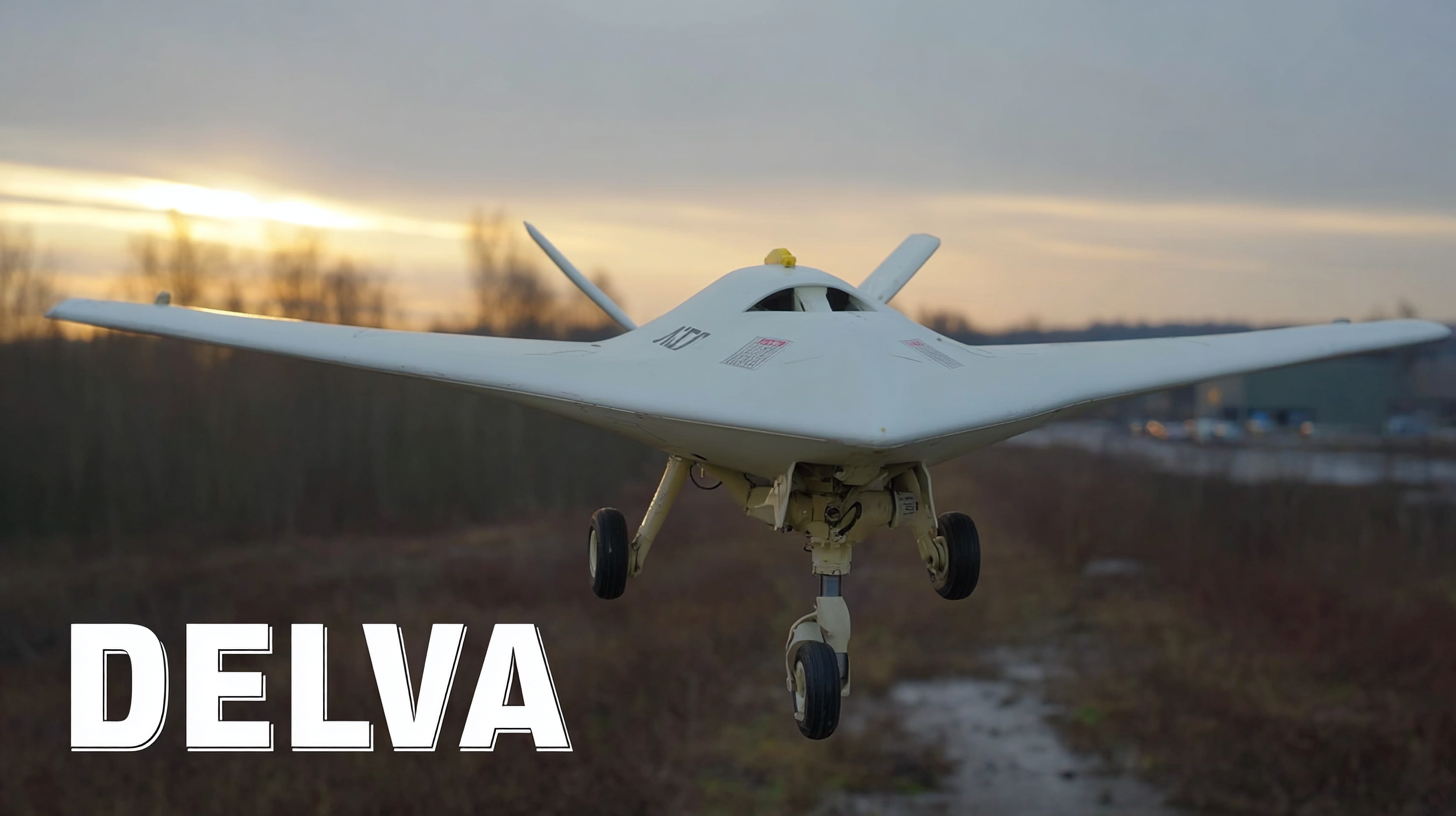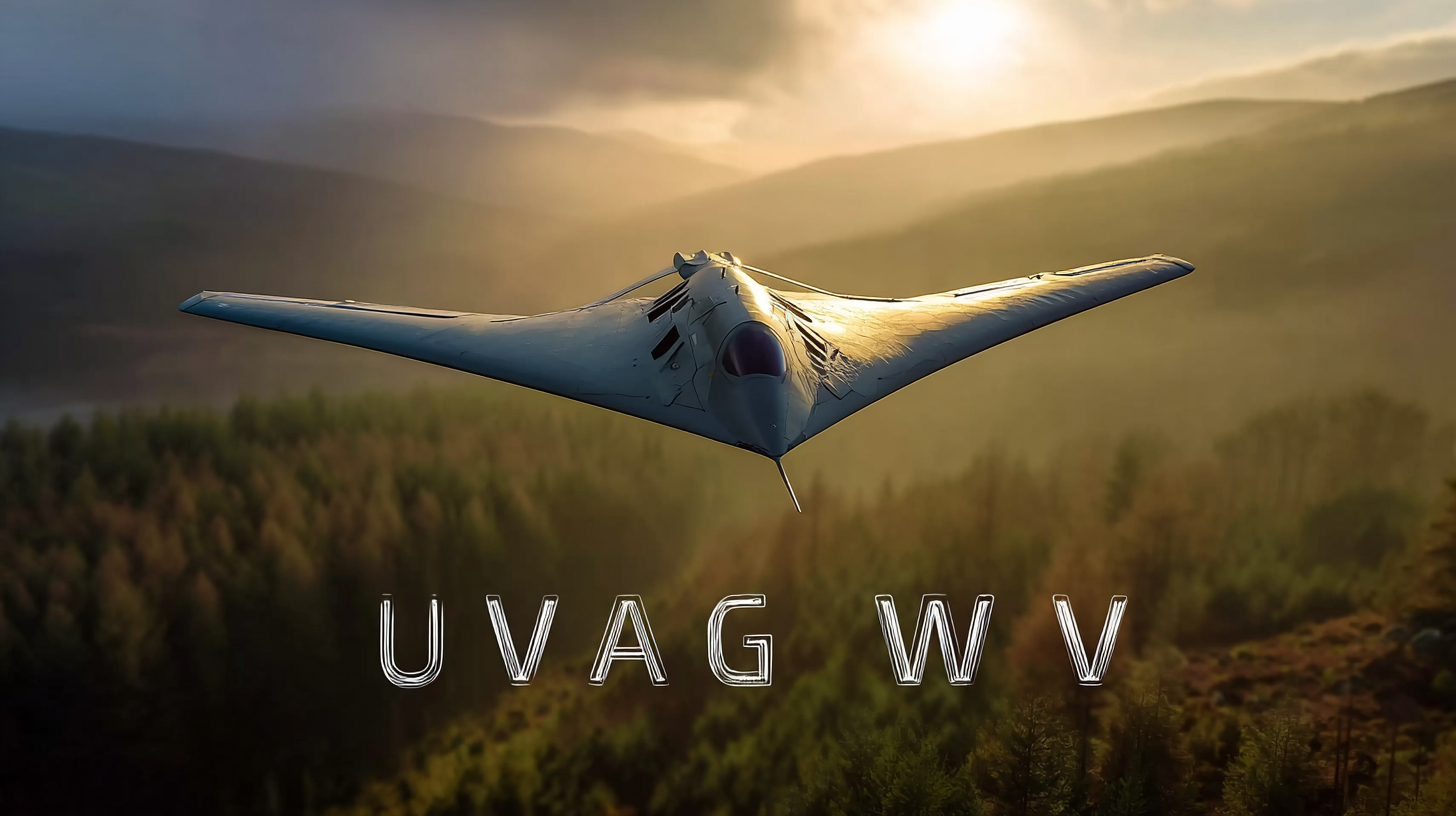Leave Your Message
In the rapidly evolving landscape of technology, the emergence of the Delta Wing UAV Drone stands out as a remarkable advancement over traditional drone designs. As we look ahead to 2025, several cutting-edge trends are shaping the future of unmanned aerial vehicles, with Delta Wing UAV Drones consistently outperforming their conventional counterparts across various metrics.
 From enhanced flight efficiency and extended range to superior stability and versatility in diverse applications, the innovative design of the Delta Wing UAV Drone makes it a leading choice for both commercial and military use. In this blog, we will explore seven compelling reasons why the Delta Wing UAV Drone is poised to dominate the drone market, demonstrating its unique advantages and effectiveness in a world that increasingly relies on aerial technology for everything from surveillance to environmental monitoring.
From enhanced flight efficiency and extended range to superior stability and versatility in diverse applications, the innovative design of the Delta Wing UAV Drone makes it a leading choice for both commercial and military use. In this blog, we will explore seven compelling reasons why the Delta Wing UAV Drone is poised to dominate the drone market, demonstrating its unique advantages and effectiveness in a world that increasingly relies on aerial technology for everything from surveillance to environmental monitoring.
The unique aerodynamics of delta wing UAVs play a crucial role in their flight efficiency, making them a standout choice over traditional drones.
The distinctive triangular shape of the delta wing allows for a higher lift-to-drag ratio, which means these drones can glide through the air with minimal resistance.
This design significantly reduces energy consumption during flight, enabling longer missions and extended operational ranges without the need for frequent recharging.
As a result, delta wing UAVs can cover larger areas in a single flight, making them ideal for applications like reconnaissance and surveying.
Moreover, the stability and maneuverability of delta wing UAVs are enhanced by their aerodynamic properties.
The shape allows for smooth airflow over the wings, which contributes to better control during high-speed operations.
This stability is vital for capturing high-quality imagery and performing intricate maneuvers, which are often required in both commercial and military applications.
As delta wing UAVs continue to evolve, their unique aerodynamic advantages position them as a superior choice for those seeking efficiency and performance in drone technology.
When it comes to UAV technology, delta wing drones stand out in several critical aspects when compared to conventional quadcopters. The first significant advantage lies in aerodynamics. The sleek design of delta wing UAVs allows them to cut through the air more efficiently than traditional quadcopters, which often face more drag due to their bulky configurations. This aerodynamic efficiency translates to longer flight times and enhanced range, making delta wing drones ideal for missions that require extensive aerial coverage.

Another critical difference is payload capacity. Delta wing UAVs are designed to carry larger loads without compromising flight stability. This feature is particularly beneficial for applications in surveillance, agriculture, and delivery services, where the need to transport additional equipment or supplies is paramount. In contrast, quadcopters generally struggle with heavier payloads, which can limit their operational capabilities. Additionally, the control and response characteristics of delta wing UAVs can offer smoother handling in various weather conditions, giving them an added edge over traditional drones during complex missions.
The versatility of delta wing drones is largely attributed to their advanced payload capabilities, allowing them to accommodate a wide range of mission-specific equipment. According to a report by UAV Industry, payload capacity has become a critical factor for operators, with delta wing UAVs capable of carrying up to 50% more weight than conventional multi-rotor drones. This ability to support heavier and more diverse payloads enables delta wing drones to perform complex tasks such as high-resolution surveillance, agricultural monitoring, and search and rescue operations.
Moreover, the design of delta wing drones allows for quick adaptability in the field, addressing the growing demand for multi-functional UAVs. A study by Research and Markets indicates that the global drone market is projected to reach $42.8 billion by 2025, with an increasing emphasis on versatile applications across various industries. Delta wing drones can effortlessly transition from one type of mission to another, enhancing operational efficiency and making them an invaluable asset for both commercial and defense sectors.
When it comes to UAV drone performance, durability and cost-effectiveness play crucial roles in ensuring a long-term benefit for users. Delta wing UAV drones are designed with robust materials that resist environmental wear and tear. Unlike traditional quadcopters, which often require frequent repairs due to fragile components, delta wing designs minimize risks of damage during both flight and landings. This resilience translates into fewer maintenance costs and extends the life of the drone, making it a smart investment for both hobbyists and professionals.
One practical tip for maximizing the durability of your delta wing drone is to conduct regular pre-flight checks. Ensuring that all components are secure and checking for damage can help identify issues before they become costly repairs. Additionally, consider investing in a protective case for transport, as this will shield your drone from potential damage during travel.
Cost-effectiveness is further enhanced by the improved battery life of delta wing UAVs. Their aerodynamic design allows for efficiency in flight, reducing energy consumption. Users can extend their flying time and minimize the need for numerous battery replacements. To optimize battery performance, avoid flying in extreme weather conditions, as this can strain the battery and decrease its lifespan.

China has emerged as a powerhouse in the manufacturing of delta wing UAV drones, leveraging its advanced technology and extensive resources to dominate the global market. The unique aerodynamic design of delta wing drones allows for superior flight stability and reduced drag, making them ideal for a range of applications, from surveillance to agricultural monitoring. China’s extensive investment in research and development has positioned its manufacturers at the forefront, enabling them to create drones that not only outperform traditional models but also come at a competitive price.
Moreover, China's strategic approach to drone manufacturing, including streamlined production processes and a robust supply chain, facilitates the rapid development and deployment of innovative UAV technologies. As global demands for high-performance drones continue to grow, China's delta wing drones stand out due to their unmatched efficiency and versatility. This dominance is evident as Chinese manufacturers collaborate with international partners, expanding their reach and influencing the global drone ecosystem, further solidifying their position in the market.
